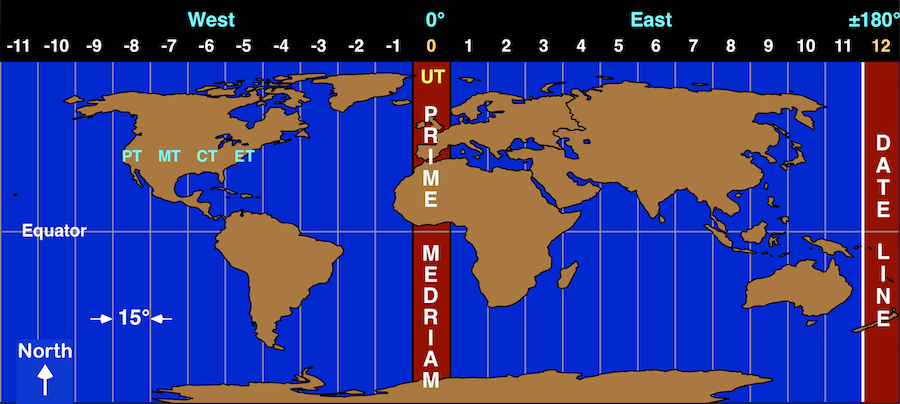
Leap seconds are used when it comes to smaller measurements of time. Each day contains 24 hours and each hour 60 minutes. The days are measured primarily using the Gregorian calendar, although the Julian calendar is sometimes used as well. UTC divides time into days, hours, minutes, and seconds. Even the International Space Station uses it as a standard. Weather forests use UTC worldwide to avoid the confusion that arises from time zones and DST. UTC is used in aviation as well for both air traffic control and for flight planning. The Network Time Protocol, the method by which clocks of computers are synchronized around the world, uses the UTC system as well.Ĭomputers, servers, and online companies prefer UTC over GMT because the former is more precise. This universal time standard is used by the internet and the World Wide Web as well. They start their day several hours before Australia instead of 22 hours before. This isn’t exactly how things are used though.įor example, Kirbati decided they were going to use UTC+14 to keep their date in alignment with Australia instead of America. The farthest western time zone is UTC-12 for example, and the farther eastern zone theoretically is UTC+12. Since the world is divided into time zones based on how and when the day and night cycles occur, each of the zones represents a positive or negative offset from the central UTC time. The Uses and Functions of Coordinated Universal Time It is calculated from the input of various atomic clocks around the world. This includes International Atomic Time, which is the standard by which all other time standards are calculated, including UTC. These are standards that have been calculated and constructed based on various agreed choices. Several other variations of this category include Terrestrial Time which is at Earth’s surface, Geocentric Coordinate time which is at Earth’s center, and Barycentric Coordinate Time which is at the center mass of the solar system, known as the barycenter. This standard was used from 1952 to 1976 as the standard for the International Astronomical Union. The most common standard utilizing this method is Ephemeris Time (ET) which is based on the time it takes for the Earth to orbit the sun, with seconds being a fraction of the tropical year. The International Meridian Conference in 1884 decided that the observatory’s location would be the Prime Meridian. This time standard was measured based on calculations from the Royal Greenwich Observatory. Various types of time standards fall into this category, but perhaps the most recognized one is Greenwich Mean Time (GMT). This brings us to three major categories of time standards:

This replaced many of the astronomical time standards. A major step forward was the invention of the caesium atomic block in 1955. The problem with this method was the assumption leading up to the end of the 19th century that Earth’s rate of rotation was constant.Īfter examining astronomical evidence, astronomers were able to discover that this rate wasn’t constant. Time standards were originally based on the rotation of the Earth.

Clocks, calendars, astronomical observations, these are all tools that have been used to establish a time standard in various parts of the world throughout history. When we consider a time standard a lot of things come to mind.


 0 kommentar(er)
0 kommentar(er)
